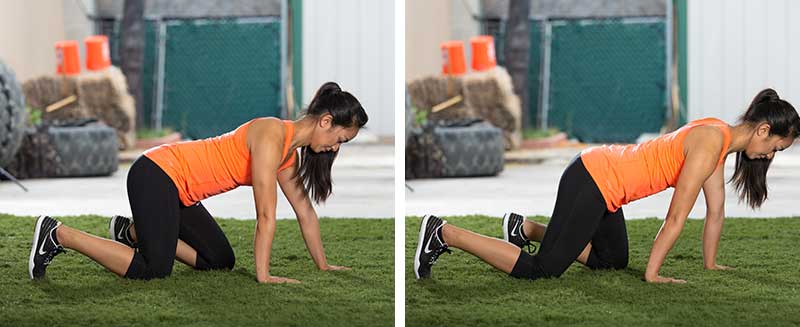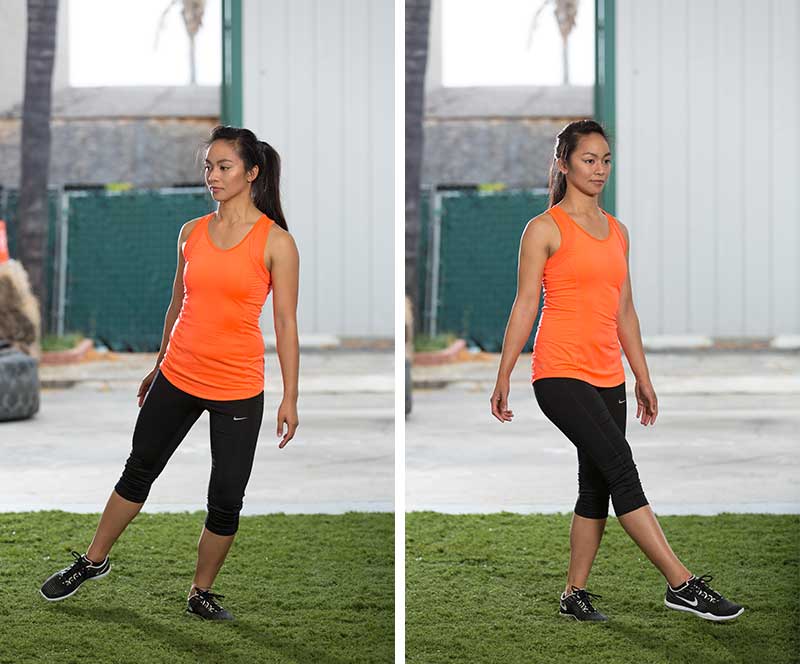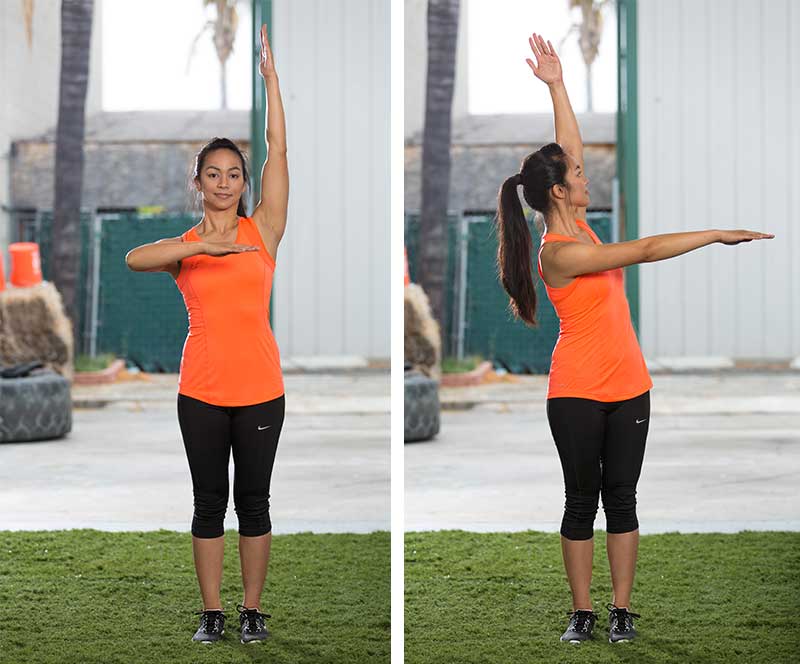With the weather getting warmer and the days becoming longer, many people find a renewed passion for chasing a small white ball around manicured meadows. If you enjoy hitting the links, you probably look for any opportunity or trick to help improve your performance and lower your score.
For the uninitiated, the golf swing can look easy (especially on TV), but it’s actually a complex movement pattern requiring total-body coordination and muscle timing for success. Consider, for example, the joint movements involved in the backswing phase of a right-handed golfer:
- The arch of the left foot flattens as the arch of the right foot elevates.
- Both the left and right hips become internally rotated.
- The hips shift laterally to create adduction of the right hip and abduction of the left hip.
- The thoracic spine rotates as the right shoulder externally rotates.
Muscle and connective tissue are interconnected, and the skeleton is the structural foundation of the human body. The bones that comprise the skeleton have a series of joints that will either allow a significant amount of mobility or provide a structure to create relative stability. The most important areas of mobility for the body are the foot and ankle complex, the hips and the intervertebral segments of the thoracic spine. Optimal mobility in these areas can help improve movement efficiency throughout the entire body. The following exercises will help improve mobility in those joints, which will not only help you improve your golf swing, but also reduce your likelihood of developing a low-back injury. This workout can be done every day to enhance mobility and should become a part of your pre-game warm-up to help lower your golf score.
Quadruped Offset Hand and Knee Rocking

The pelvis is comprised of two separate bones that create a single ring that serves as the foundation of the spine and a platform for the hips. Learning how to move each hip independently of the other is essential for creating optimal mobility throughout the entire body. This movement may seem basic, but is important for improving mobility of the hips while reducing tightness in the lumbar and sacral segments of the spine.
Start with the wrists directly under the shoulders and the knees directly under the hips. Move the right hand and right knee forward so that the hands and knees are now offset. Keep the spine relaxed and start moving forward and backward while pressing the hands into the floor. Complete 12 to 15 repetitions before switching hand and knee positions. Complete two sets with the right hand/knee forward and two sets with the left hand/knee forward.
Single-leg Balance With Opposite Lateral Foot and Overhead Arm Reaches

Each foot has 28 bones, which creates a lot of joints. If these joints are not moving the way they are designed to, it can I impact other joints all the way up to the shoulders.
Balance on the left foot with the knee slightly bent. With the right foot, reach across the left leg so the toes of the left foot move toward the 9 o’clock position. At the same time, use the left arm to reach overhead toward the 3 o’clock position. This combined motion of the right leg and left arm will create frontal plane mobility of both the left foot and left hip. Perform 10 to 12 repetitions on the left foot before switching to the right foot; complete two sets on each foot.
Single-leg Balance With Rotational Foot Reaches

This movement helps improve the mobility of the mid-foot, which supports the mobility of the hip.
Balance on the left foot with the knee slightly bent. With the right foot, rotate around the left hip so the toes of the right foot reach to the 11 o’clock position. Immediately rotate back to the right to reach for the 5 o’clock position. Think about moving from the right hip as well as the right foot. Perform 10 to 12 repetitions on the left foot before switching to the right foot; repeat for two sets.
High Plank With Thoracic Rotation

Start in a push-up/high-plank position with both hands directly under the shoulders and the feet a little wider than hip-distance apart. Contract the thigh and glute muscles as you press the left hand into the floor and lift the right hand up. Rotate on your left shoulder and turn both feet to point to the right. Rotate back to the starting position and repeat by pressing the right hand into the floor and lifting the left hand up to rotate on the right shoulder. Perform four to five rotations on each arm. Rest for 45 seconds and complete two sets.
Rotation and Lateral Flexion of the Thoracic Spine

A combination of lateral flexion and rotation in the spine creates rotation of the intervertebral segments, which can greatly improve rotation through the upper back.
Reach the right arm reach across the body at shoulder height while rotating the trunk to the left. At the same time, reach the left hand overhead toward the right side of the body, causing you to lean to the right. Try to move rhythmically with both arms at the same time. Complete 10 to 12 repetitions in each direction. Rest for 30 seconds and perform a total of two sets.
Rotational Lunge With Bilateral Arm Reach at Shoulder Height

Start with the feet hip-distance apart and arms held straight out in front of the body at chest height. With the right foot, turn to the right as you rotate the right hip to step toward the 4 o’clock position while keeping your left foot planted in the 12 o’clock direction. When the right foot hits the floor, keep the spine tall and rotate both arms to the right. Return to the starting position. Complete eight to 10 repetitions to the right and then to the left. Rest for 45 seconds and complete a second set.




 by
by 



 by
by